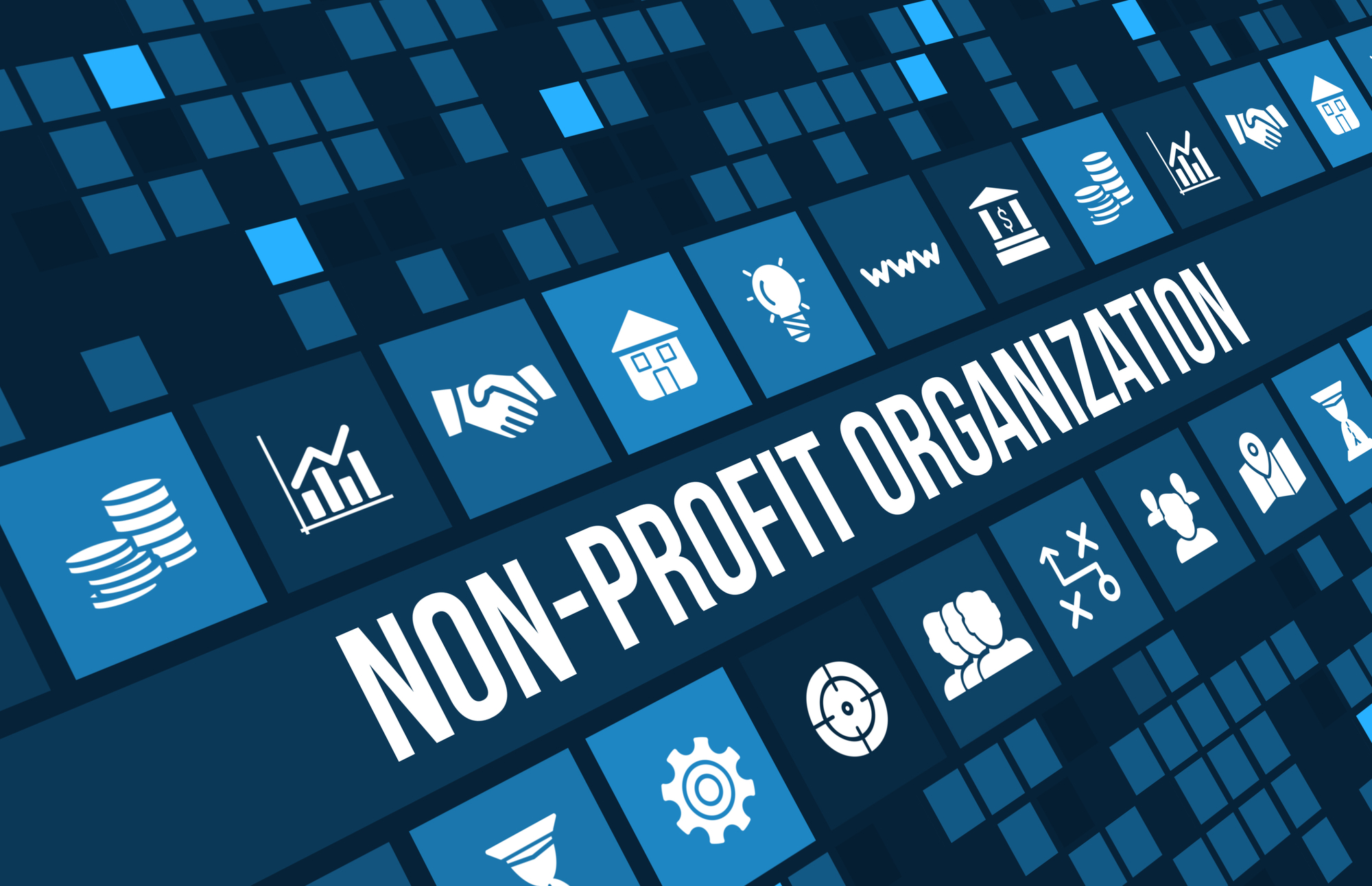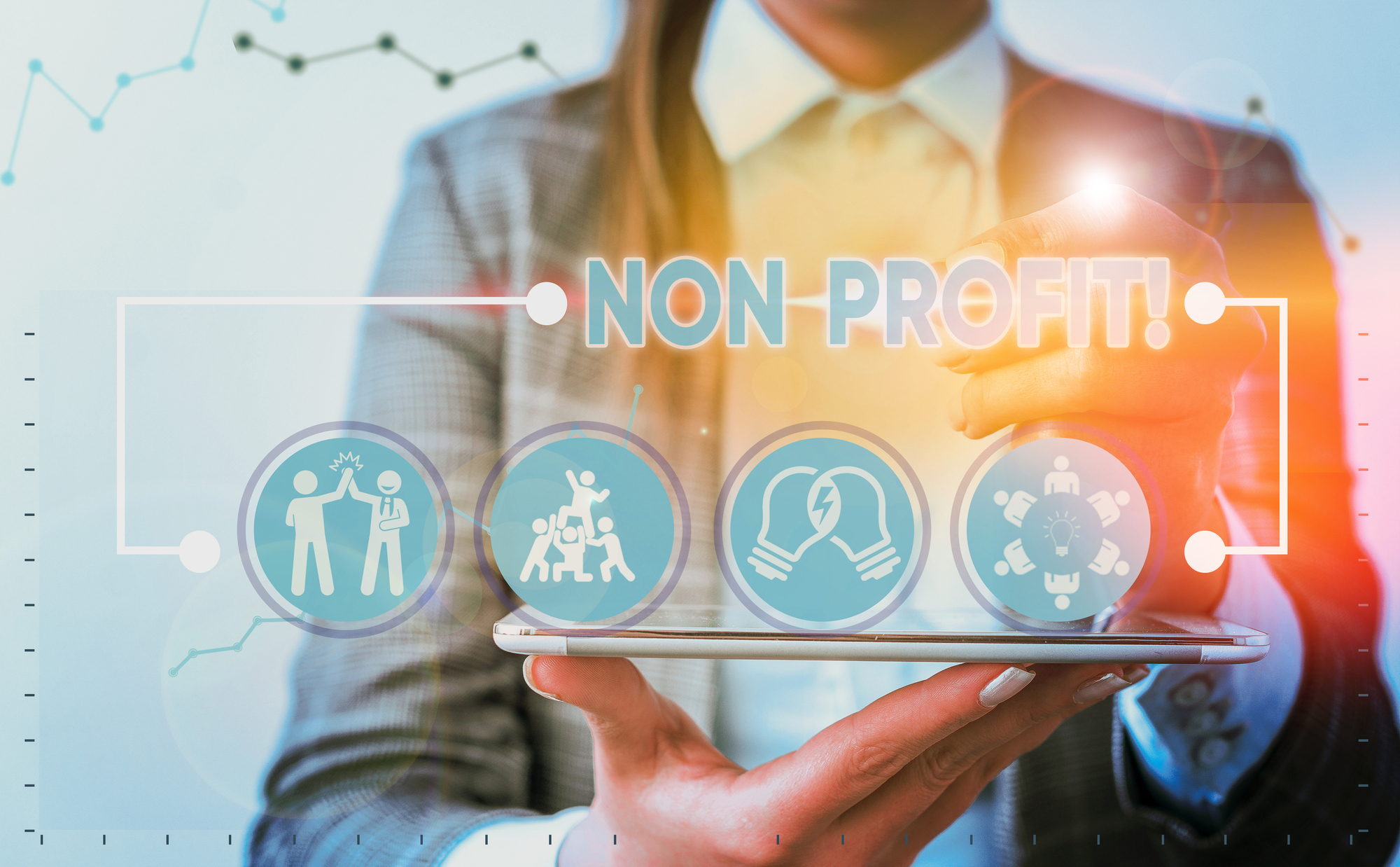This Guide to Cybersecurity for Nonprofits will give you a broader perspective on how cybersecurity can contribute to your mission and operations.
In 2020, Blackbaud, a cloud computing provider that serves nonprofits and charities, was the target of a multi-million dollar cyberattack. Hundreds of organizations worldwide had bank account information and user credentials accessed as a result of the breach. The South Carolina-based organization has faced damages estimated at 3.6 million and two dozen lawsuits in the United States and Canada.
Founded in 1983, Blackbaud is a well-established organization and the perfect example to show that no organization is safe from being a target of cybercrime.
How Can Cybersecurity Help You Achieve your Mission?

According to the 2021 Data Breach Investigation Report conducted by Verizon:
– 96% of cyberattacks in North America were financially motivated. Hackers know that if they get their hands on the right documents or the right computers, they’ll control the entire organization. Even if you end up paying to get your documents back, hackers might still use and profit from the information they stole.
– 82% of cyberattacks were carried out by external members. Through phishing emails or other types of social engineering attacks, hackers are able to easily access your staff credentials, which will lead them to key information such as bank details or social security numbers. The only way to avoid falling victim to hackers is to constantly train your staff and have a dedicated person to deliver tasks related to cybersecurity.
Security Maturity Level Assessment For Nonprofits

Now that you know how this Guide To Cybersecurity for Nonprofits can help your organization, take a look at these resources that might help you step up your cybersecurity game:
Learn how this guide to cybersecurity for nonprofits can support your mission and operations.
This nonprofit cybersecurity checklist will help you understand where your organization is vulnerable. Use them as a starting point in your next cybersecurity meeting.
This whitepaper will help you understand what are the main differences between IT and InfoSec professionals.
Understand your organization’s current security posture. The knowledge gained through this assessment will help guide the decisions that will need to be made to improve your security and align your risk with acceptable tolerance levels.










